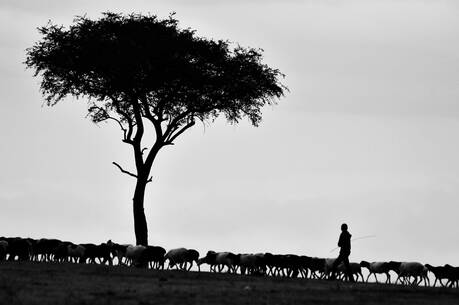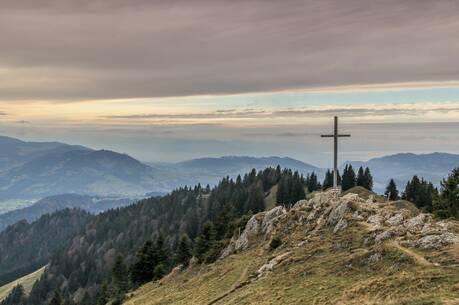Good Food and Great Leftovers
This Sunday the Lectionary again abandons Mark. Instead of continuing the story begun in last Sunday’s Gospel to tell how Jesus’ compassion leads him to feed the 5,000 (Mk. 6:35-44), the Johannine version of this event is read as an introduction to an extended reflection on John’s bread of life discourse (6:6-69).
Though the compilers of the Lectionary may have selected John 6 to be read over the course of five Sundays in order to provide a chance to enter more deeply into the mystery of the Eucharist, it has become a daunting time for homilists. The chapter is well unified, with different motifs subtly interwoven, but the patchwork of choices in the Lectionary does not make sense apart from the larger context. These readings come, at least in the Northern Hemisphere, in the middle of the summer and hardly evoke wrapt attention at a sunny, summer Mass. Over the next weeks, I will present some reflections on the major themes of the discourse, but with the strong recommendation that the whole chapter be read and re-read.
The multiplication of the loaves is the only miracle from Jesus’ public ministry narrated in all four Gospels, and in all four it has eucharistic overtones; but each Gospel has its own distinctive theological emphases. John locates the event specifically at Passover, and Jesus is seated. This recalls Moses at Sinai, and the subsequent discourse in John will deal with the manna in the wilderness and use food as a symbol of true teaching. The miracle unfolds quickly. Jesus asks Philip how they will feed the people. (Only John’s account of this event mentions Philip, who later will bring Greeks to Jesus, anticipating the inclusion of non-Jews in the eucharistic banquet.) Andrew, Simon’s brother, introduces a young man with five barley loaves and two fishes. In language that is similar in all four accounts and is evocative of the Last Supper, Jesus took the loaves, gave thanks and distributed them to those reclining. John has important distinctive elements: He alone uses the verb eucharisteo- (to give thanks); Jesus alone distributes the bread, and commands the disciples to gather the fragments (using a word that becomes a technical term for the eucharistic elements) so that nothing will be wasted (literally, perish)a symbol perhaps of the community to be gathered by Jesus, where none may perish (see 3:16; 10:28).
The accounts of the multiplication of the loaves and fishes offer ample material for reflection and prayer. Jesus meets that most basic human need, hunger, and does so with largess and compassion. Meals are a privileged place for meeting Jesus and for the service and gathering of disciples. Yet John uses this story to introduce a profound and extended reflection on the Eucharist and the bread of life. By placing the action before the long discourse, John indicates that deeper understanding of the mystery of the Eucharist follows only upon an experience of gracious love.
This article also appeared in print, under the headline “Good Food and Great Leftovers,” in the July 15, 2000, issue.







